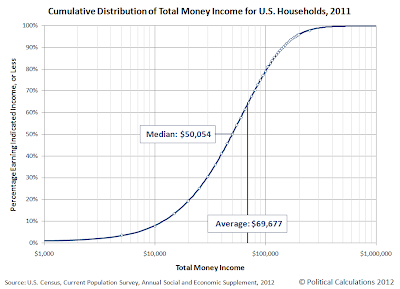Your dreams are NOT too big!
They were placed in your heart by a BIG GOD!
Now that we have that out of the way, I want you to keep that in mind all the time! Don't let anyone convince you that anything you want is too much, too crazy, too big or too unlikely for you. Everything we see began as just a thought. And as soon as the thought was expressed, there came a critic. Guaranteed!
I don't want you to continue to be your own critic. You've got to be your own biggest fan to do great things. You do that by getting rid of every excuse you've carried around up to this point. Ready? Here are your top excuses right now. Pick your favorite from the list and DESTROY IT RIGHT NOW!!
Excuse #1 - "I’m not an expert."
NOBODY is an expert in the beginning. There's an old saying that goes "Every master was once a disaster." That's true. Wherever you are, begin there. You'll discover that most of the experts aren't that expert either.
You learn more of what you need to know along the journey.Excuse #2 - "I’m too young/too old/too black/too white/too female/too male/too ANYTHING." Have you ever considered that everything you consider to be a liability is really one of your better assets? The world is looking for something different. The things that are the same are already out there. There is room for you.
Excuse #3 - "It’s tough in this economy." When
isn't it tough? If you want to be real about it, most fortunes are made in times of crisis - when people are looking for answers. Further, you have to be careful not to measure the world by your own situation. Just because you might be lacking in some areas, doesn't mean others are and doesn't mean they aren't willing to pay you well for your solutions.
Excuse #4 - "People don’t support my dream." Who cares? "
As a man thinks in his heart, so is he." is what the Bible says. It doesn't say, "What your friends think you are, you are." The opinion that determines your path is your own. The support of other people comes and goes. If you really crave it, don't worry. It will come back once you're successful.
Excuse #5 - "It's risky. What if I fail?" You might fail. Can't lie to you. Remember, however, that failure is an occurrence and not a person and not permanent. You just keep going. Persistence is the only thing that has a perfect track record.
Persistence never fails.Excuse #6 - "I will do it one day. I don't have time right now." This is maybe the most common out there today. "One day" has stolen more potential than any other two words except "I can't." Why not today? Even if you can't get there today (I hope your dream is too big to accomplish in a day!), you can take steps. Take a step each day. You'll get there in time if you don't quit.
Excuse #7 - "I probably can’t beat the competition." There's no way to know unless you try. Half of your competition is probably sweating the day the light bulb goes on for you anyway. They know they're vulnerable in some major ways. They're just hoping nobody notices. Instead of thinking about what happens when you lose, think about how sweet it will be
when you win!If I didn't name your favorite excuse, write it below and then make the OPPOSITE CONFESSION right now! It's time to kill your excuses before they kill your dreams!
To your success!



























